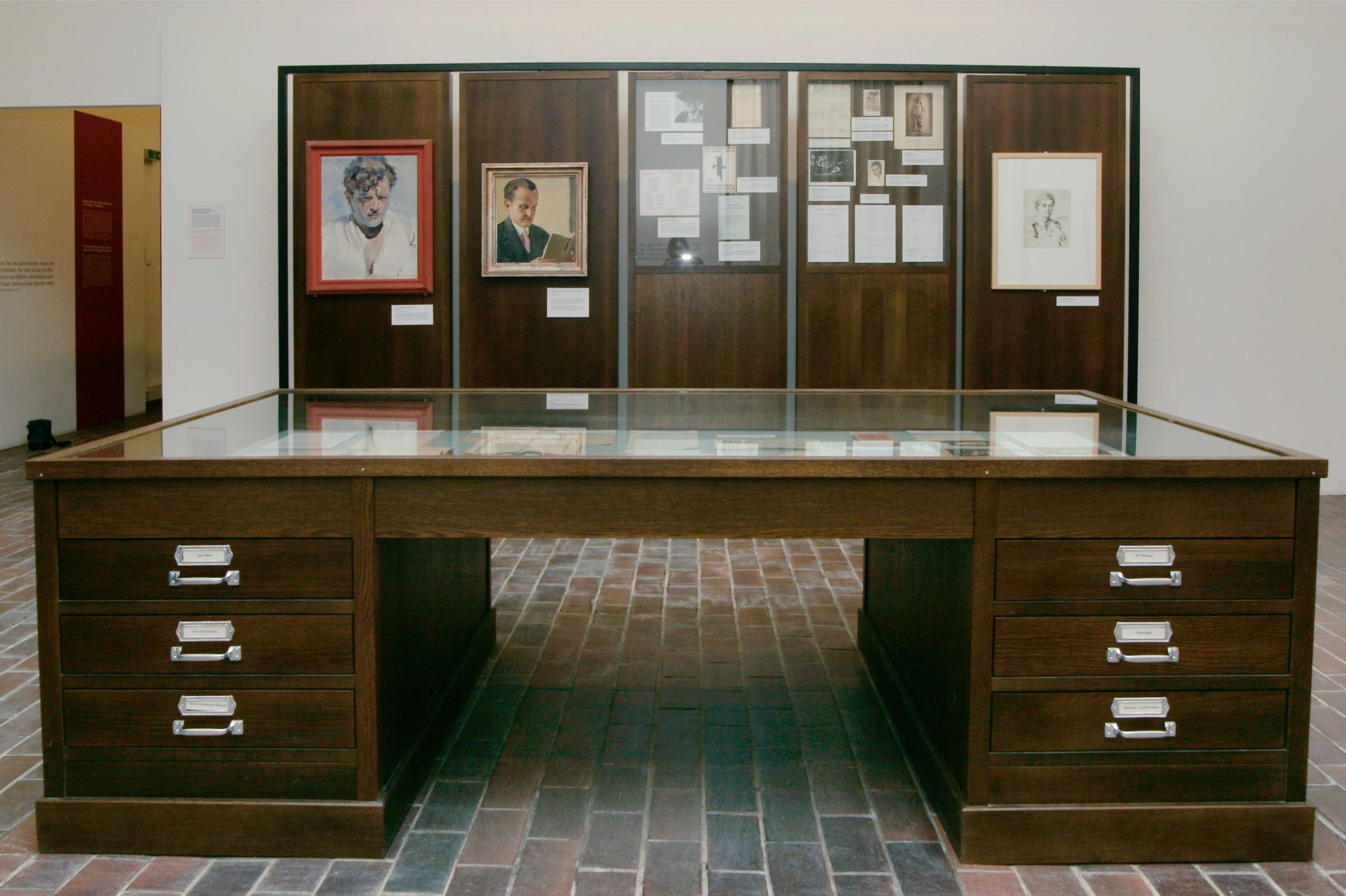2008 | Kultur Hauptstadt des Führers – for Linz09 European City of Culture
The exhibition about the famous son of the city was opened a few weeks before Linz European Capital of Culture. What historical footprints did the National Socialists’ cultural policies leave in ‘the Fuhrer’s home town’? The aim of the exhibition was to show cultural policy and everyday life between 1938 and 1945, to find these traces and to see where they lead. Contrary to what the Governor announced at the press conference, international interest was very high. Television stations from the USA and reporters from Israel were not the only interested parties.
Other than the exhibition design I also was in charge of graphics for the promotion and the exhibition.
Since he was a schoolboy Adolf had big ideas for the city. If you looked out the window of the museum at the wooden construction, you could see the “Nibelungen Bridge”. An architecture that he had already thought up at a young age, as the exhibition told us. The plans for his beloved city kept him busy until the end. A fine arts museum, an opera house and other cultural buildings were in a final planning stage. And the museum in which the exhibition was shown was to become his retirement home. Until his last days in the bunker in Berlin, he was still working on the architectural model and plans to make the city look like the pearl he had in mind.
In the recent history of the city of Linz, some of the planned building projects were realised at the proposed locations.


















